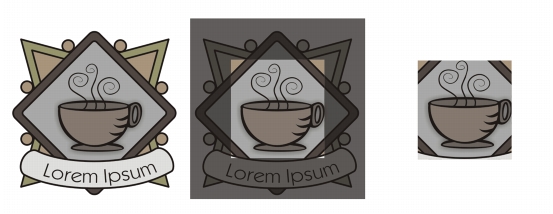Streamlining Design: An Exhaustive Guide to Deleting Objects in CorelDRAW

Introduction:
CorelDRAW, a cornerstone in graphic design software, empowers designers with a versatile array of tools for creating visually stunning compositions. One fundamental skill every designer should master is the ability to delete objects seamlessly. This comprehensive guide aims to explore the intricacies of deleting objects in CorelDRAW, offering insights for both beginners embarking on their design journey and experienced designers seeking to refine their skills.
I. Understanding the Importance of Object Deletion:
- Design Precision: Deleting objects is crucial for maintaining precision in design layouts. Removing unnecessary or unwanted elements ensures a clean and intentional composition, contributing to a polished final product.
- Iterative Design Process: The ability to delete objects enhances the iterative design process. Designers can experiment freely, knowing that they can eliminate elements that do not align with the evolving vision of the project.
II. Basic Techniques for Deleting Objects:
- Selecting the Object: Initiate the deletion process by selecting the object you wish to remove. Utilize the Pick tool to click on the object, ensuring it becomes the active selection in the design workspace.
- Accessing the Delete Command: Navigate to the Edit menu and locate the “Delete” option. Alternatively, use the keyboard shortcut “Delete” or “Backspace” to remove the selected object. This action permanently eliminates the object from the design.
III. Navigating the Object Manager for Deletion:
- Understanding the Object Manager: The Object Manager is a powerful organizational tool that displays the hierarchy of objects within the document. Use it to locate and select objects for deletion, especially in designs with multiple layers and groups.
- Right-Click Deletion in Object Manager: Right-click on the object in the Object Manager and choose the “Delete” option from the context menu. This method provides an alternative way to remove objects, offering control over the organization of design elements.
IV. Deleting Multiple Objects:
- Grouped Object Deletion: When dealing with grouped objects, deleting the entire group eliminates all contained elements simultaneously. Select the grouped object and proceed with the deletion process as usual.
- Marquee Selection Deletion: Utilize the Pick tool to create a marquee selection around multiple objects. Once selected, access the delete command to remove all objects within the marquee.
V. Troubleshooting and Best Practices:
- Confirmation Dialogue: CorelDRAW may prompt a confirmation dialogue before permanently deleting an object. This precautionary measure prevents accidental deletions, providing designers with an opportunity to confirm their intent.
- Undo/Redo Functionality: The Undo (Ctrl + Z) and Redo (Ctrl + Y) commands serve as a safety net for reverting actions. If a deletion is accidental or undesired, use these commands to navigate through the editing history.
VI. Advanced Techniques for Object Deletion:
- Selective Deletion with Clipping Masks: Clipping masks allow designers to selectively delete portions of objects while retaining others. Apply a clipping mask to control the visibility of specific areas within an object.
- Conditional Deletion with PowerClip: PowerClip provides a dynamic way to conditionally delete objects within designated containers. Place an object inside a PowerClip container and adjust the container to control visibility and deletion.
VII. Collaboration and Object Deletion:
- Documenting Deleted Elements: For collaborative design projects, it’s essential to document deleted elements. Annotations within the design file or accompanying documentation can inform team members about intentional deletions.
- Version Control: When collaborating, maintain version control to track changes made to the design. Utilize versioning tools or save incremental copies to revert to previous states if necessary.
VIII. Conclusion:
In conclusion, the ability to delete objects in CorelDRAW is a fundamental skill that contributes to the precision, cleanliness, and efficiency of the design process. As designers navigate through the step-by-step guide and explore advanced techniques, they gain a deeper understanding of the tools available for shaping and refining their creations. By incorporating troubleshooting tips, best practices, and collaborative strategies, designers can confidently wield the power of object deletion in CorelDRAW, ensuring a streamlined and purposeful design workflow. Embrace the freedom to iterate, experiment, and refine your designs by mastering the art of object deletion in CorelDRAW.




